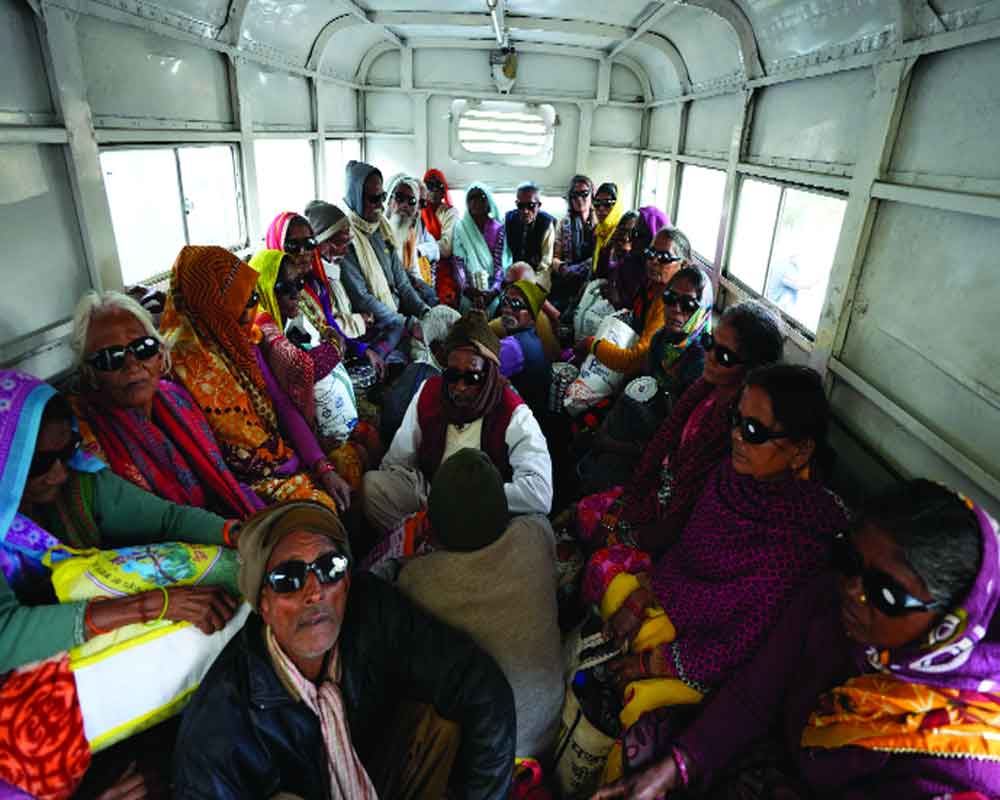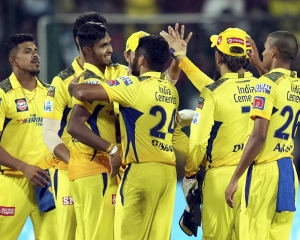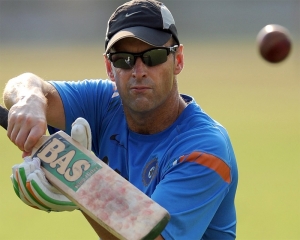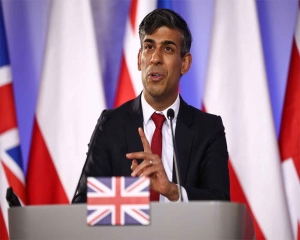One of the important agendas of universal health coverage is to ensure the reach and coverage of the most marginalised population. However, the NFHS-5 results paint a different picture for India, where insurance coverage is lowest among households with the lowest wealth quintile. Moreover, the coverage among the minorities such as Muslims and Sikhs falls behind the Hindus
Universal health coverage (UHC) is widely discussed worldwide as an essential component of the development agenda. The outbreak of Covid-19 has necessitated the need for universal health coverage as the health systems failed miserably across the globe during those times. Considering the importance of UHC, the United Nations declared December 12 as International Universal Health Coverage Day (UHC Day) in 2017.
The United Nations defines UHC as “everyone, everywhere should have access to the health services they need without risk of financial hardship.” SDG target 3.8 (“Achieve universal health coverage, including financial risk protection, access to quality essential healthcare services and access to safe, effective, quality and affordable essential medicines and vaccines for all.”) also focuses on achieving universal health coverage. UHC can be attained by achieving population coverage, service coverage and financial security.
India is committed to attaining the UHC by 2030. To achieve the UHC goal, the Government of India came up with a rather ambitious health insurance policy Pradhan Mantri Jan Arogya Yojana, under the Ayushman Bharat scheme launched by Prime Minister Narendra Modi on September 23, 2018, in Jharkhand. It has been popularised as one of the world’s largest health insurance policies and a substantial step towards universal health coverage.
However, health insurance coverage among households from any source stands at 41 per cent (NFHS-5, 2019-21), less than in many developing countries. This coverage stands at a low of 30 per cent and 33 per cent for women and men (aged 15-49) simultaneously. It’s not only the low coverage that is of concern but also the equity of distribution that is questionable.
Without achieving equity, we cannot achieve UHC, as the former is the guiding principle of the latter. There is substantial State-wise variation as on the one hand Rajasthan (88%) and Andhra Pradesh (80%) stand at the top, on the other hand, Bihar (17%) and UP (16%) stand at the bottom in terms of coverage of health insurance. The districts within States are also experiencing huge variations.
One of the important agendas of the UHC is to ensure the reach and coverage of the most marginalised population. The NFHS-5 results paint a different picture for India, where insurance coverage is lowest (36.1%) among households with the lowest wealth quintile. Moreover, the coverage among the minorities such as Muslims and Sikhs also falls behind the Hindus.
Another vital pillar of UHC is financial protection, ensuring that health services should not lead to financial hardship. The latest report of NFHS revealed that the average out-of-pocket expenditure (OOPE) per delivery in a public health facility is `2,916, which in the case of urban and rural stands at `3,385 and `2,770 simultaneously. This figure is an improvement over NFHS-4, but we should also keep in mind that we are witnessing these numbers even though we have a scheme like Janani Shishu Suraksha Karyakram, which offers free delivery along with the incentives of `1,400 to women delivering in a public health-care facility.
Further, let’s explore the situation at the State level. The results of NFHS are rather alarming as the OOPE for most of the North-eastern States (with the exception of Meghalaya and Nagaland) and even for bigger States (except for Odisha, West Bengal, and Rajasthan) have risen between NFHS 4 and NFHS 5. Given the above scenario, it seems an arduous task to achieve the goal set by National Health Policy 2017 to reduce the OOPE. Although the NFHS-5 does not consider PMJAY implementation, recent studies showed that like the earlier health insurance policies, the PMJAY is also not free from inclusion and exclusion errors where we are witnessing the inclusion of ineligible households and exclusion of eligible households.
The availability of services is also a crucial part of UHC. In terms of hospital empanelment under the PMJAY, out of the total empanelled hospitals, 56 per cent were in the public sector, and 40 per cent were in the private for-profit sector. Most of the hospital empanelment is in the States where the State has previous experience implementing publicly funded health insurance schemes (Joseph, J, D Hari Sankar and Nambiar, D, 2021).
Therefore the policy implementation in terms of hospital empanelment is facing concentration towards the states like Karnataka, Gujarat, Tamil Nadu, Rajasthan and Uttar Pradesh. The specialities provided by the empanelled hospital also vary hugely. Most hospitals are able to provide very limited specialities, leaving a major chunk of the population deprived of the policy benefit.
India has shown growth in several health indicators. Growth in health indicators such as Maternal Mortality Rate (MMR) and Infant Mortality Rate (IMR), achieving the target of Total Fertility Rate (TFR) and polio-free India are some of the crucial landmarks that became a reality. Although when you are looking towards the goal of universalisation of health, fundamental changes need to be affected.
The most important step in this direction should be the enhancement of health expenditure as a percentage of GDP, which currently stands lower than most of the developing nations. Strengthening the primary healthcare sector is another area of development that needs special attention. In this direction, the establishment of the health and wellness centres under the Ayushman Bharat scheme was proposed in 2018, but the growth in this regard is questionable.
A big push in the health sector is the need of the hour, in the absence of which the health and wellness centres will end up in deplorable conditions similar to the current primary health centres and sub-centres. India needs to make significant progress before making this initiative the imitable one in the world.
(Pratap C Mohanty is Associate Professor, IIT Roorkee; Milind K Yadav is Senior Research Scholar, IIT Roorkee)


























